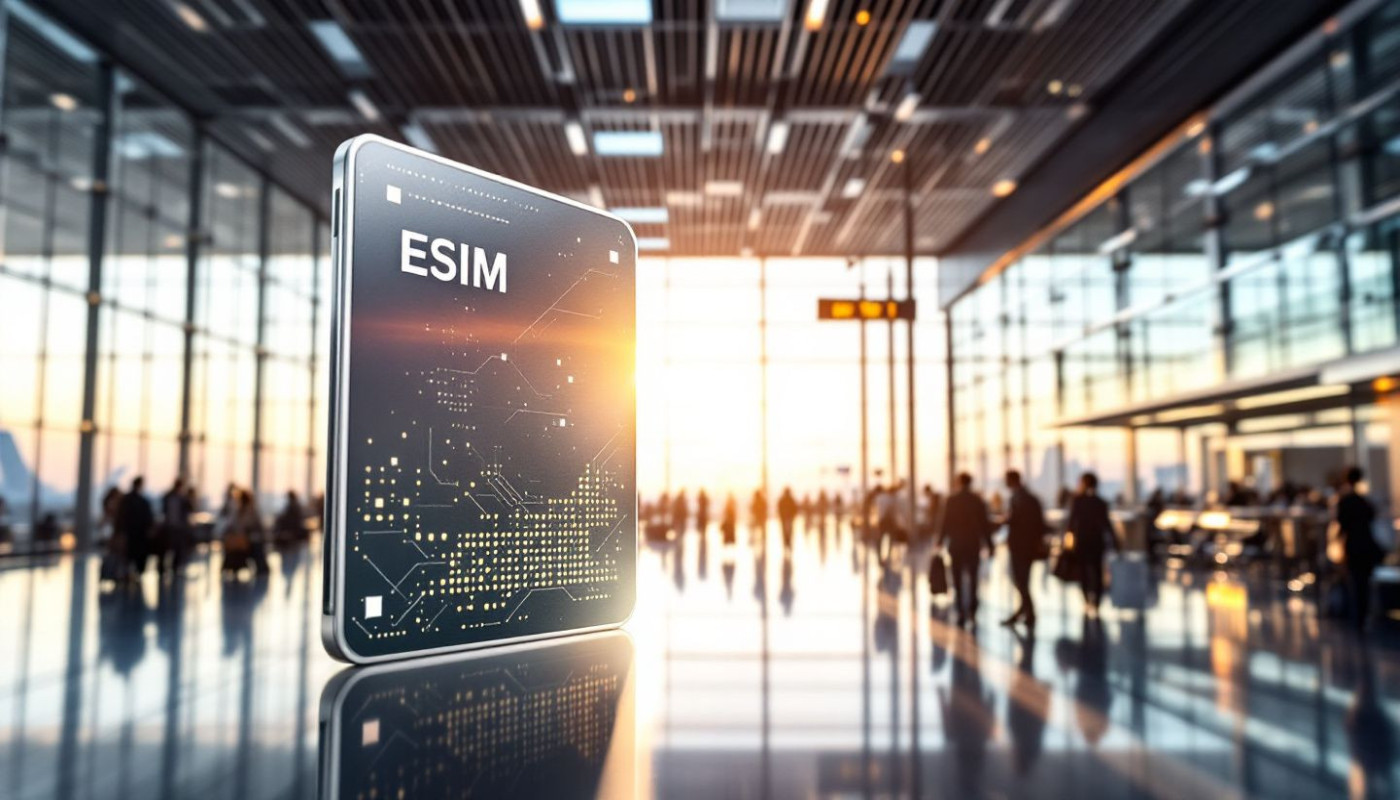Table of contents
Global exploration is more accessible than ever, but staying connected while crossing borders often leads to headaches over roaming charges and SIM card swaps. With the rapid evolution of digital technology, a groundbreaking solution has emerged to simplify connectivity for travelers everywhere. Uncover how this innovation is transforming the travel experience and set yourself up to discover the key benefits and technical insights that will shape your next journey.
Understanding ESIM Technology
ESIM technology represents a transformative step forward in mobile connectivity, replacing the need for physical SIM cards with a digital SIM embedded directly within devices. Unlike traditional SIM cards that require manual swapping and physical handling, an embedded SIM (ESIM) is soldered onto the device’s motherboard and cannot be removed. This design not only saves space but also enhances device durability and security. The true innovation lies in remote provisioning, a process that allows network profiles to be downloaded, activated, or switched over the air without requiring a physical card or a visit to a retail store. Remote provisioning enables seamless management of mobile connectivity, empowering users to select or change carriers from anywhere in the world with just a few taps on their device.
At its core, an ESIM functions as a reprogrammable chip, storing multiple mobile operator profiles simultaneously and allowing users to transition between networks as needed. This flexibility is particularly valuable for travelers, as it eliminates the complications of sourcing local SIM cards abroad and offers instant access to global mobile networks. The digital SIM’s capability to securely handle network credentials and facilitate rapid number porting or plan activation reflects a significant shift toward user-centric convenience and network interoperability. The embedded nature of ESIM technology, paired with its advanced remote provisioning features, fundamentally redefines the way devices connect and interact with mobile networks, making it a cornerstone of next-generation mobile connectivity solutions.
Seamless International Travel
ESIM technology has transformed the way travelers stay connected across borders by enabling instant network profile management, which eliminates the need for physical SIM card replacement when entering new countries. Through digital provisioning, a traveler can simply scan a QR code or use an app to activate local data plans upon arrival, bypassing the traditional reliance on international roaming services that often incur high charges and slower speeds. This process empowers frequent flyers to switch between travel data plans rapidly, tailoring their connectivity to local networks and ensuring uninterrupted global connectivity without visiting retail stores or handling multiple SIM cards.
A global mobile communications strategist points out that this flexibility is particularly useful in regions like Asia, where network infrastructures and pricing for data services can vary widely between countries. Using ESIM, switching to a local data plan becomes a matter of a few taps on a device, allowing instant access to affordable rates and reliable speeds. For example, Esim travel offers region-specific solutions for destinations such as South Korea, optimizing connectivity for both business and leisure travelers. In turn, ESIM adoption not only simplifies travel logistics but also guarantees that users remain connected securely and conveniently wherever their journeys take them.
Cost savings and flexibility
ESIMs deliver significant travel savings by enabling travelers to avoid excessive roaming charges that often accumulate when using traditional SIM cards abroad. With ESIM technology, users can access flexible data plans tailored to their specific needs, rather than relying on fixed, sometimes overpriced, international packages from their home carrier. Modern devices equipped with ESIMs allow for dynamic tariff selection, empowering travelers to browse and compare real-time mobile tariffs from multiple providers without physically swapping SIM cards. This streamlined process not only saves money, but also grants the freedom to select cost-effective connectivity options directly from a smartphone or tablet, ensuring each trip remains both connected and budget-friendly. The result is enhanced control over spending, greater transparency in pricing, and the ability to adapt connectivity plans instantly as travel circumstances change.
Enhanced User Experience
ESIMs deliver a transformative user experience by allowing travelers to activate mobile plans instantly through a digital setup, bypassing the need for physical SIM cards or in-person store visits. The profile management interface grants seamless control over multiple operator profiles, letting users switch carriers or data plans with just a few taps—a distinct improvement for those juggling local and international travel. Mobile security is significantly strengthened as ESIMs reduce the risk of loss or theft that comes with physical cards, and advanced encryption protocols protect sensitive information throughout the activation process. Device compatibility is broadened, ensuring that even the latest smartphones, tablets, and wearables support this technology, making it simple for travelers to maintain uninterrupted connectivity worldwide. Managing several profiles in a single, secure environment has become a hallmark of modern connectivity, offering streamlined control, enhanced protection, and greater flexibility for all user types.
Environmental And Practical Benefits
ESIMs offer major sustainability advances by eliminating the need for physical SIM cards, which directly lessens plastic consumption and the volume of electronic waste generated globally. The adoption of eco-friendly technology, such as ESIMs, means there is no requirement for shipping countless plastic cards or their associated packaging, thereby cutting down on carbon emissions tied to traditional logistics. In the context of device design, ESIM integration enables device miniaturization, freeing up valuable internal space that can be used for larger batteries or advanced sensors, making modern gadgets slimmer and lighter. This evolution also paves the way for improved IoT compatibility, as smaller, more efficient devices are better suited for smart infrastructure, wearables, and a wide range of connected applications. These environmental and practical benefits position ESIMs as a pivotal solution in the shift towards greener, smarter, and more connected travel experiences.
Similar

Exploring The Future Of Personalized AI Companions In Daily Life

Exploring the potential of edge computing in IoT

Exploring The Benefits And Applications Of Generative AI Across Industries

How AI Is Revolutionizing Logo Design In The Digital Age

